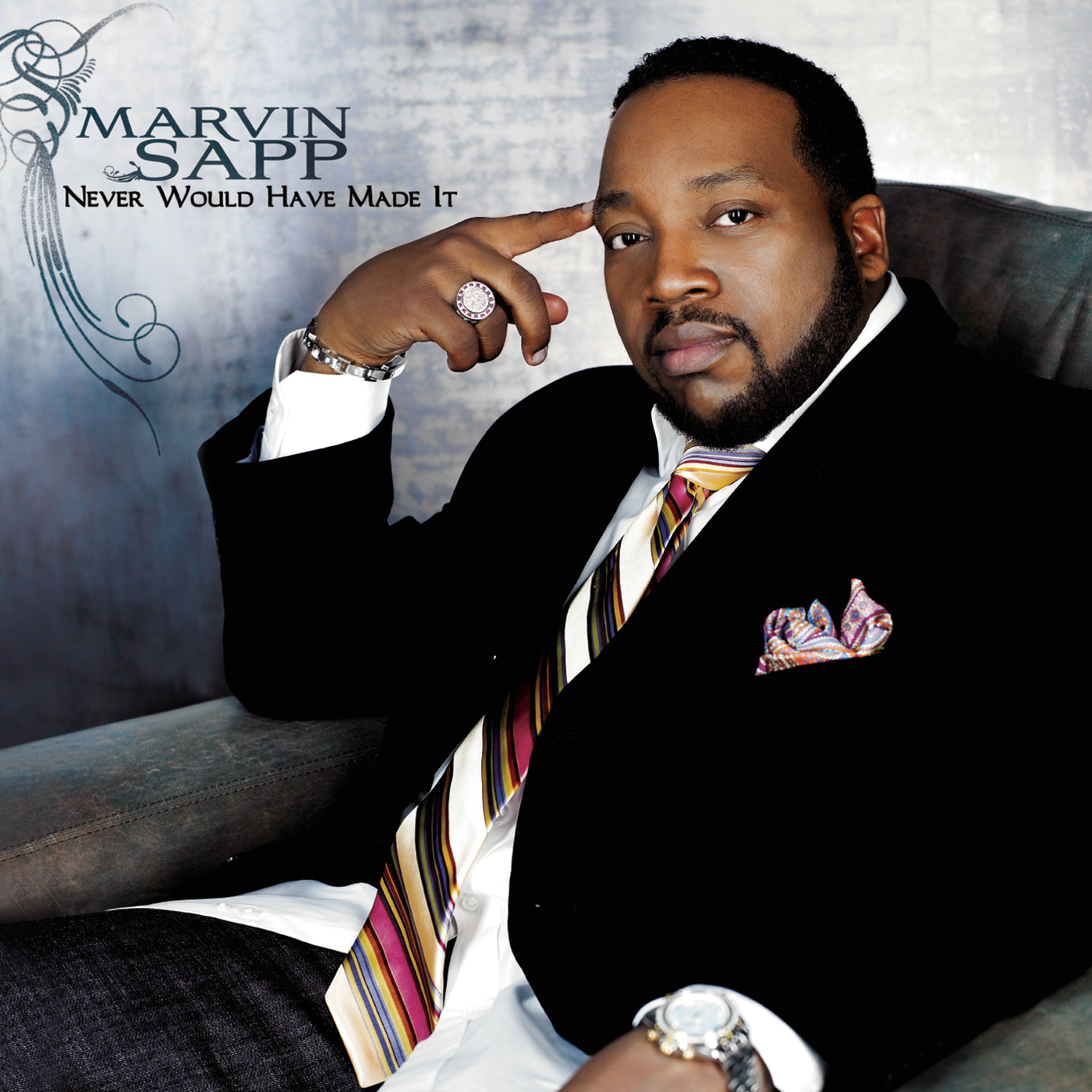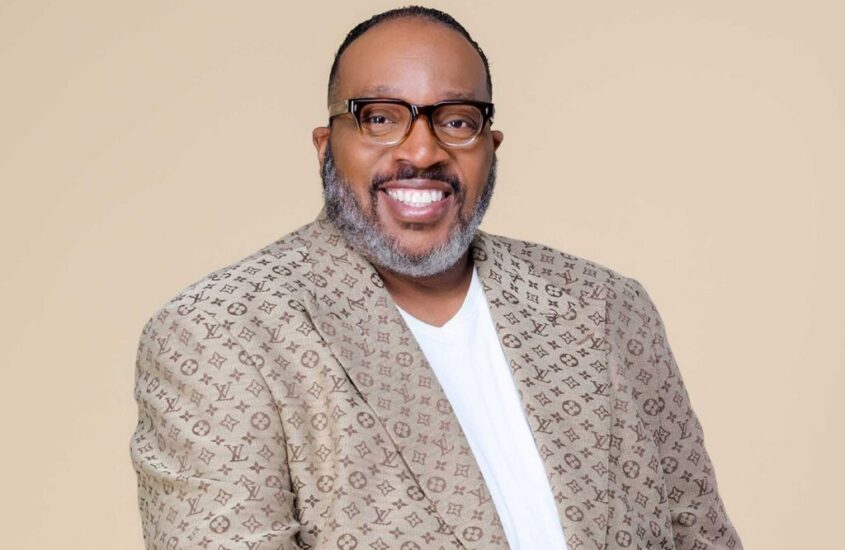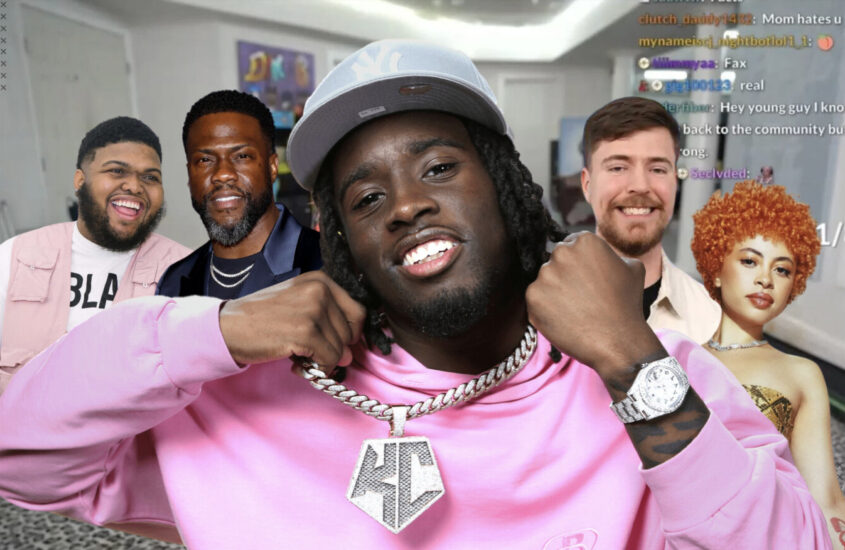
Grammy-nominated gospel singer and pastor Marvin Sapp has publicly addressed the controversy surrounding his fundraising methods after a nine-month-old video went viral, sparking widespread debate about giving practices in the Black church.
The Controversial Clip and Its Context
The recording, captured during a Pentecostal Assemblies of the World conference in Baltimore in July 2024, shows Sapp instructing, “Ushers, close the doors. Close the doors.” In the video, he continues by stating, “There’s 1,000 of you tonight and those that are watching,” pointing toward cameras. “It’s a 1,000 that’s watching online. This is a small seed. If I get a 1,000 online to give this, if I get a 1,000 in the sanctuary to give this, that’s 40,000 dollars tonight.”
The short clip quickly gained traction across social media platforms, with many viewers interpreting the “close the doors” instruction as coercive. Some online commentators accused Sapp of manipulating church attendees and holding them hostage until they contributed financially.
Sapp’s Response to Mischaracterizations
On Monday, March 31, Sapp appeared on Erica Campbell’s “Get Up Mornings” radio show to clarify several misconceptions:
- The fundraising didn’t occur at his church but at a denominational convention
- No doors were actually locked, as “you can’t lock doors in the convention center”
- The $40,000 goal was intended for the Pentecostal organization’s convention expenses, not for personal gain
“People said that I literally locked my people into my church until they gave me $40,000 and that’s not true,” Sapp explained during the interview.
Denominational Support and Clarification
The Pentecostal Assemblies of the World issued a supportive statement on Facebook, explaining that Sapp had been asked by denominational leaders to collect a “free-will offering” for convention expenses.
“Closing doors during giving is an internal security protocol that was, unfortunately, taken out of context,” the denomination stated. “No doors were locked, and no one was held in the room against their will. We do not force or coerce anyone into supporting the operations of our organization, and we never will.”
Personal Impact of the Controversy
During his radio appearance, Sapp revealed the serious personal toll the viral moment has taken:
- He has received death threats
- His church staff is “frazzled” by the situation
- His children have expressed fears for his safety
“Daddy, you’re the last parent we got,” Sapp, who lost his wife MaLinda to cancer in 2012, quoted his children as saying. “The reality is, I’m a widower, and I’m trying to calm down my church. I’m trying to calm down my children, trying to calm down people that love me.”
Broader Cultural Reactions and Discussions
The incident has sparked broader discussions about giving practices within Black churches:
- Some social media users claimed similar practices are common in Black churches
- Religious scholars like Rev. Cheryl Townsend Gilkes expressed concern that the clip “distorts the history and complexity of Pentecostal Assemblies of the World”
- The moment has inspired comedic memes and TikTok trends
Ripple Effects Across Religious Communities
The viral nature of the clip has prompted responses from various religious leaders during their own services:
- Bishop Herbert C. Crump of Freedom Temple Ministry joked he wouldn’t close doors during offerings: “I don’t want to go viral like my friend”
- At The Dallas Project, elder James Johnson referenced the controversy while collecting offerings: “This is the part of the service where we ask ushers to close the doors. I’m just kidding… We don’t do that here”
Despite the controversy, Sapp has maintained in a Facebook statement that his instruction was “not manipulation” but “stewardship,” acknowledging that those unfamiliar with church contexts may have misinterpreted his intentions.
The pastor has shown resilience amid the criticism, even finding humor in some of the memes, particularly one featuring him with the Capital One logo and tagline: “What’s in your wallet?”









